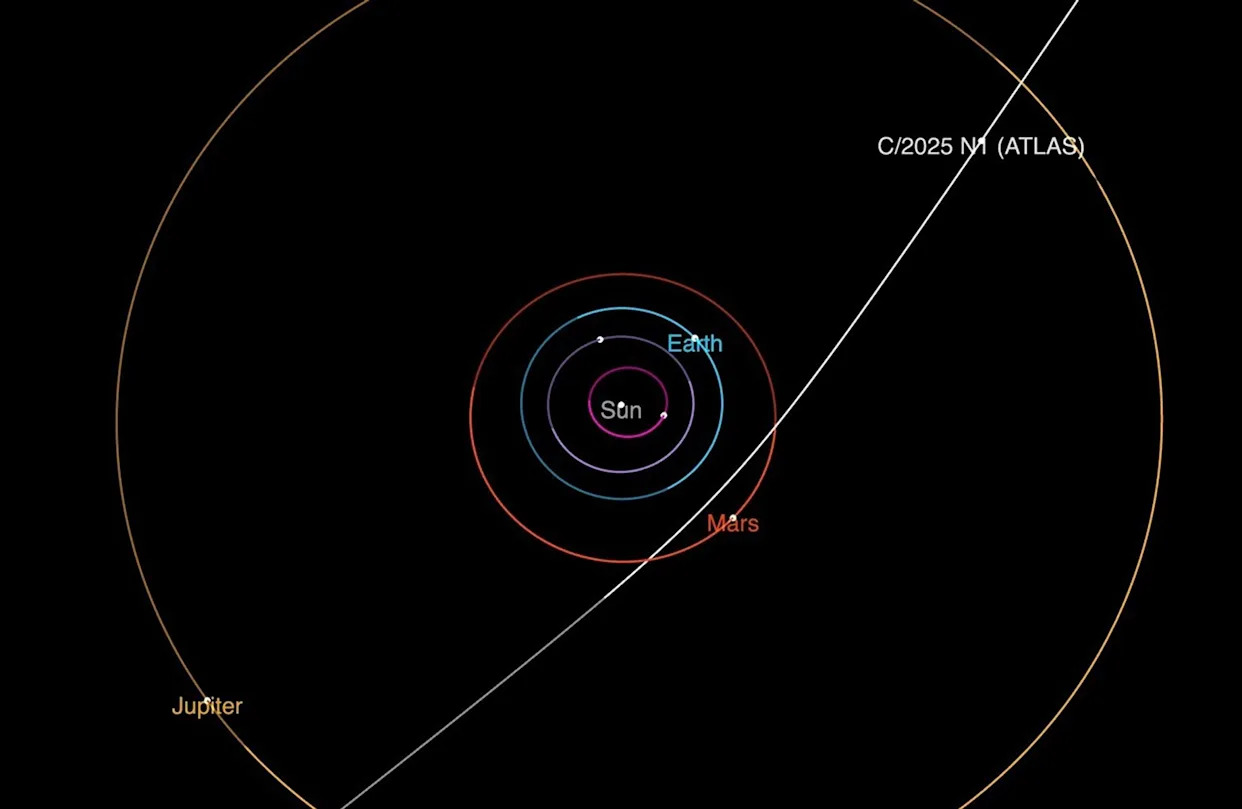Hubble Delivers Unprecedented View of Interstellar Comet 3I/ATLAS

The NASA/ESA Hubble Space Telescope has produced its most detailed imagery to date of the interstellar comet 3I/ATLAS, an object believed to have originated from beyond our galaxy’s borders. First detected on July 1st by the Asteroid Terrestrial-impact Last Alert System in Chile, this marks only the third confirmed interstellar visitor observed traversing our solar system.
Initial observations positioned the comet approximately 420 million miles from Earth and near Jupiter, with a velocity estimated at roughly 130,000 mph. Despite its exceptional speed and trajectory, NASA has affirmed that no risk exists to either Earth or the Moon; the object will maintain a distance of around 150 million miles from our planet.
Released imagery depicts the comet with a teardrop-like form, trailing an extensive cloud of dust emanating from its icy, solid nucleus. The rate at which this material is released resembles that of comets originating within our own solar system. The object’s considerable velocity suggests it has been traveling through interstellar space for billions of years, propelled by the gravitational influence of stars, planets and nebulae encountered along its long journey.
Beyond Hubble’s observations, several other instruments—including the James Webb Space Telescope, the Transiting Exoplanet Survey Satellite (TESS), and the Neil Gehrels Swift Observatory—are slated to contribute data before 3I/ATLAS becomes obscured from terrestrial view later this year. NASA anticipates that ground-based telescopes will be able to track it through September, at which point it will pass behind the Sun. A reappearance on the far side of the Sun is predicted for early December, allowing for further study.
The precise origin of 3I/ATLAS remains unknown; however, interstellar objects are typically believed to originate from regions such as the Kuiper Belt or the Oort Cloud.









